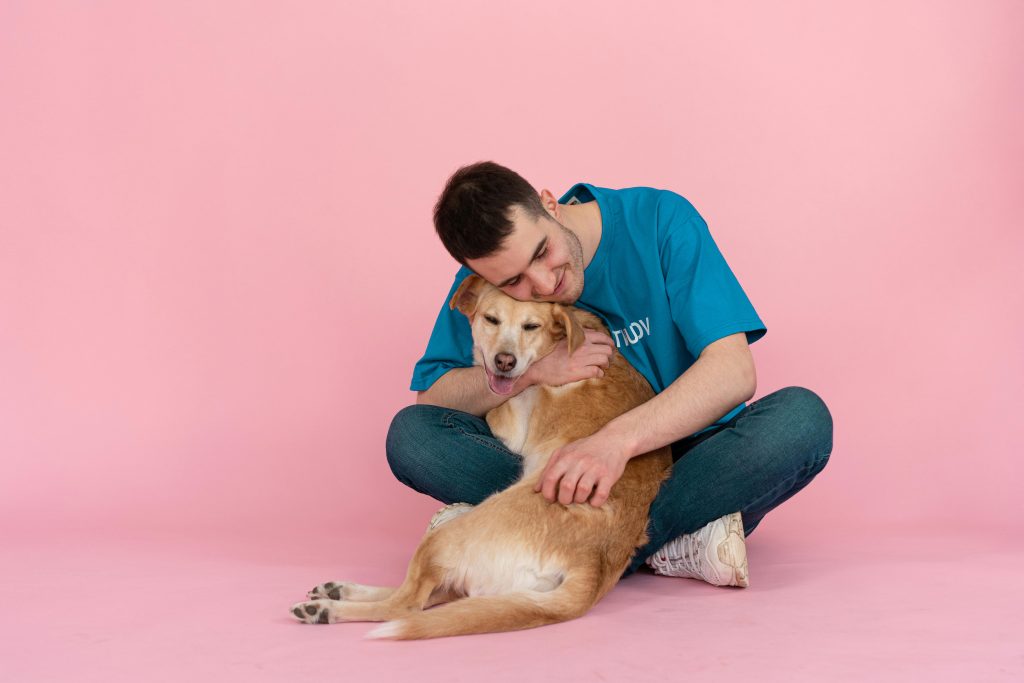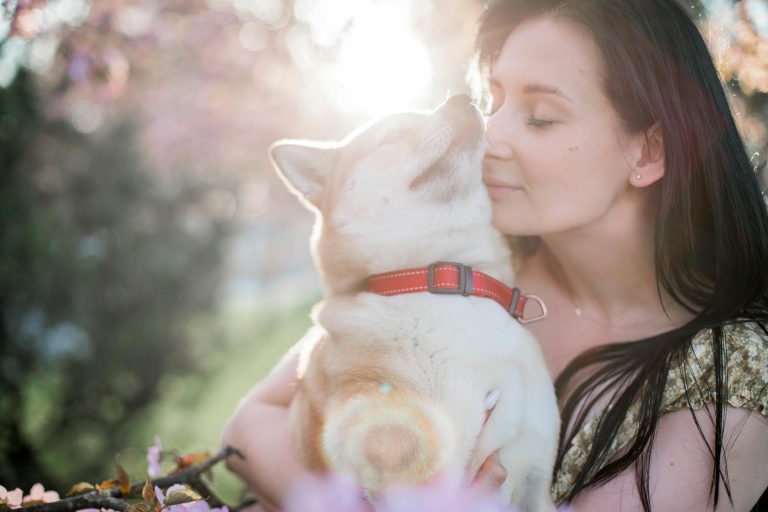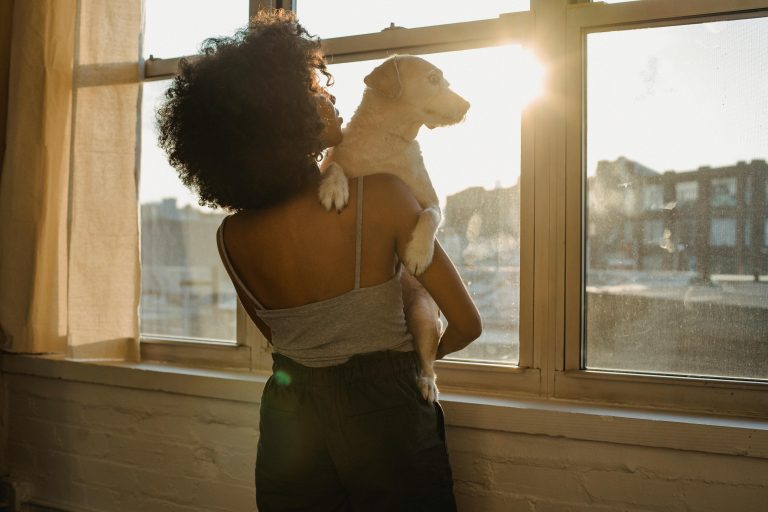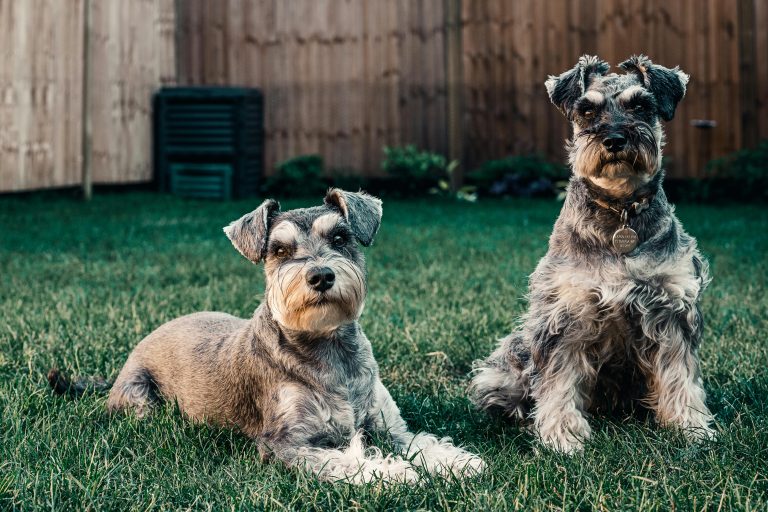How to Hug a Dog?
Dogs are beloved companions, often seen as members of the family. It’s natural to want to express affection for them, and one common way humans show affection is through hugs. However, hugging a dog isn’t always straightforward. Understanding how to properly hug a dog is crucial to ensuring both their comfort and safety.

Understanding Canine Body Language
Before attempting to hug a dog, it’s essential to understand their body language. Dogs communicate primarily through body signals, and being able to interpret these cues is vital for successful interaction. Signs of comfort include relaxed body posture, wagging tails, and soft eye contact. On the other hand, signs of discomfort may include stiff body language, pinned ears, and avoidance behaviors.
Preparing for the Hug
Creating the right environment is key to a successful dog hug. Ensure that the surroundings are calm and free from distractions. Approach the dog calmly and allow them to approach you on their terms. Building trust and rapport with the dog beforehand can significantly increase the likelihood of a positive response to the hug.
Proper Technique for Hugging
When it comes to hugging a dog, less is often more. Keep the approach gentle and avoid any sudden movements that may startle the dog. Wrap your arms around the dog’s neck or chest in a loose embrace, being mindful not to apply too much pressure. Pay attention to the dog’s body language and be prepared to release the hug if they show signs of discomfort.
Signs of a Positive Response
A dog that enjoys being hugged will typically exhibit signs of relaxation and contentment. Look for cues such as leaning into the hug, gentle tail wagging, and possibly even licking or nuzzling. These are all indications that the dog is comfortable and enjoying the affectionate gesture.
Read More: Do Dogs Recognize Faces?
Signs of Discomfort
It’s essential to recognize signs of discomfort or stress in a dog during a hug. If the dog stiffens, tries to pull away, or displays avoidance behaviors such as turning their head away or licking their lips, it’s best to disengage from the hug immediately. Respecting the dog’s boundaries is paramount to maintaining trust and a positive relationship.

Alternative Ways to Show Affection
While hugs can be a meaningful way to show affection, they’re not the only option. Many dogs may prefer alternative forms of interaction, such as gentle petting, scratching, or interactive playtime. Pay attention to the dog’s preferences and adjust your approach accordingly to ensure they feel loved and appreciated.
Conclusion: How to Hug a Dog?
Hugging a dog can be a wonderful way to bond and show affection, but it’s essential to do so responsibly and respectfully. Understanding canine body language, preparing for the hug, and using proper technique are all crucial elements for a successful hug. Additionally, being attuned to the dog’s responses and respecting their boundaries is key to maintaining a trusting and loving relationship.




Leave a comment